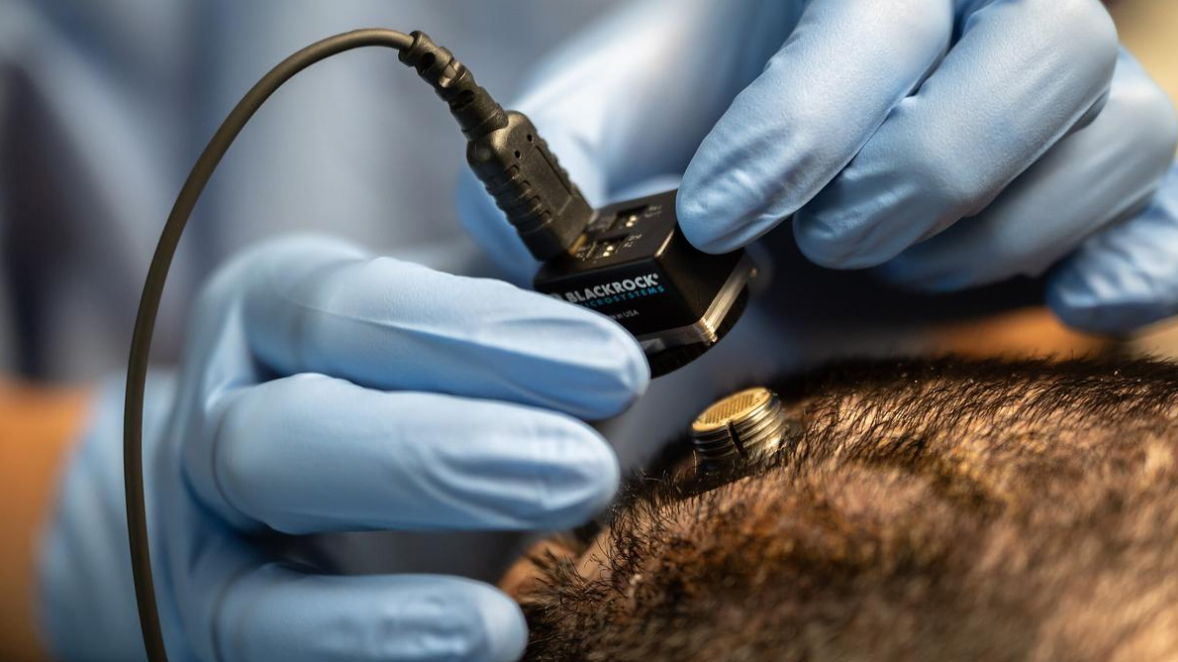



Scientists have grown tiny lasers directly on silicon chips using gallium arsenide, enabling faster, more energy-efficient computers. These lasers use light (photons) instead of electricity (electrons), boosting speed and reducing heat. The breakthrough could revolutionize electronics by making devices smaller, faster, and greener—all using current chip-making technology.
Copyright infringement not intended
Scientists from the US and Europe figured out how to grow a tiny laser directly on a silicon chip, and it could make computers way faster and greener.
Scientists have made a tiny laser that can be grown directly on a silicon chip. This is significant because it could change how computers and other devices work.
|
This is the first time scientists have made a fully integrated laser diode on a silicon chip this size. A single 300-millimeter silicon wafer can hold 300 functional lasers. |
Currently, computers mostly use electrons to carry information. But photons (particles of light) are much better at carrying information because they are faster, can carry more data, and lose less energy along the way.
The problem is that adding a light source (like a laser) to a silicon chip has been hard. Usually, engineers attach a separate laser to the chip, but this makes the device slower and more expensive.
Now, scientists have figured out how to grow the laser directly on the chip, which solves this problem. They did this using a process that works with the same factories that already make computer chips, so it’s not too expensive or complicated.
The researchers used a material called gallium arsenide to make the laser. Gallium arsenide is good at producing light because its atoms are arranged in a way that lets electrons easily release energy as photons.
However, gallium arsenide doesn’t normally work well with silicon because their atomic structures don’t match up. When combining them, defects form, and these defects make the laser less efficient.
To fix this, the scientists carved tiny trenches into the silicon chip and lined them with an insulating material (silicon dioxide). Then, they grew the gallium arsenide inside these trenches. The defects got trapped at the bottom of the trenches, leaving the top part clean and ready to produce light.
Next, they added three thin layers of another material called indium gallium arsenide. These layers helped create the laser. Finally, they covered everything with a protective layer to keep it safe.
The laser produces light with a wavelength of 1,020 nanometers . This type of light is perfect for sending information between computer chips over short distances
It can run continuously for 500 hours at room temperature (around 25°C). However, it starts to lose efficiency when the temperature gets too high (above 55°C). Other research has shown lasers working at higher temperatures (up to 120°C), so there’s still room for improvement.
Source:
|
PRACTICE QUESTION Q. What are semiconductors, and why are they considered the "backbone" of modern electronics? Discuss their role in shaping the Fourth Industrial Revolution. 150 words |






© 2025 iasgyan. All right reserved